Introduction to Time Compression Trading with Examples
“The stock market is a device for transferring money from the impatient to the patient.” – Warren Buffett.
Time Compression Theory
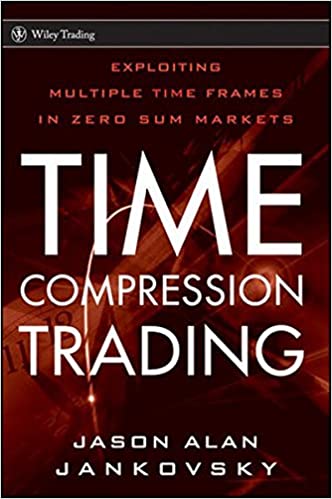
The first time I had heard of Time Compression is from an amazing book by Jason Alan. You can check it out here.
Let’s talk about consolidation or sideways trend.
It is amazing for amateur traders because the trade comes to profit eventually as the market stays range-bound. But, for more traders having positions get more irritated as the time flows. The more the time flows, the more impatience builds up.
Then what happens is known as – Breakout. (Or, Breakdown.)
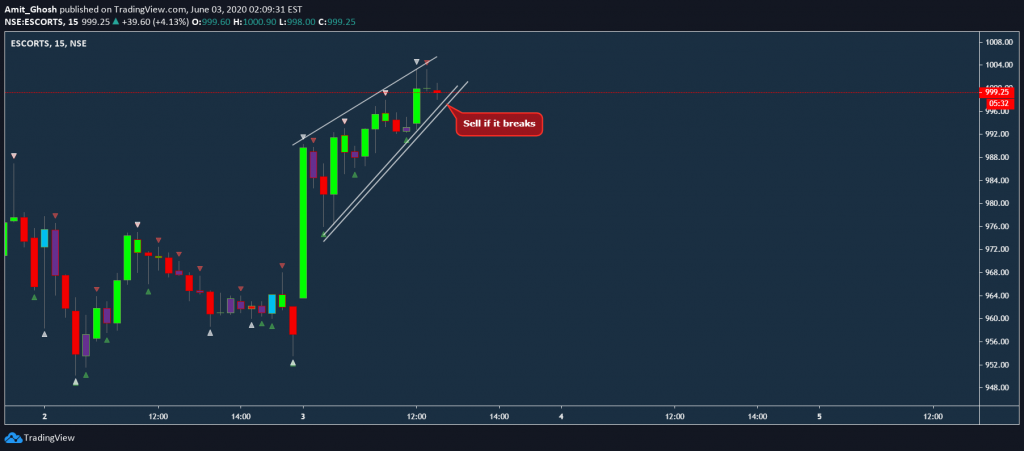
In the previous chart as you can see, How the tension builds up over Escorts. What follows next is a massive breakdown.
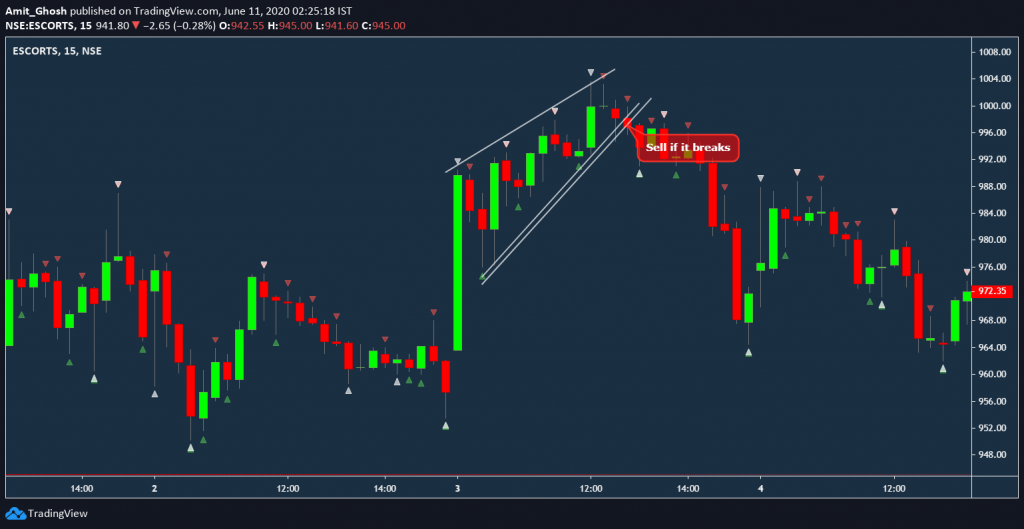
What is Time Compression Trading

In a single word – It is all about breakout and breakdown from a range that has formed over a period of time. When you compress a spring, it decompresses itself with a greater force, right?
The Market is built up in four things – Price, Volume, Open Interest, and Time.
Time is an important thing. If a stock stays in a same place for too many days, it is actually making loss when compared to the risk free return schema. A minor breakout towards upwards will make huge breakout as new people will jump in, old shorters will exit. And, vice versa.
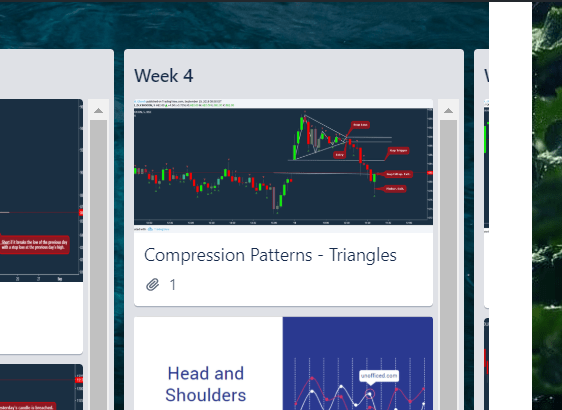
The term “Compression” often comes out in our articles and forums. Like, You might have gone through the Newton page, You might have noticed the term. Let’s dive into another such example where we can see Zeel having compressed into a bearish pennant. Price Action traders also call it a wedge.
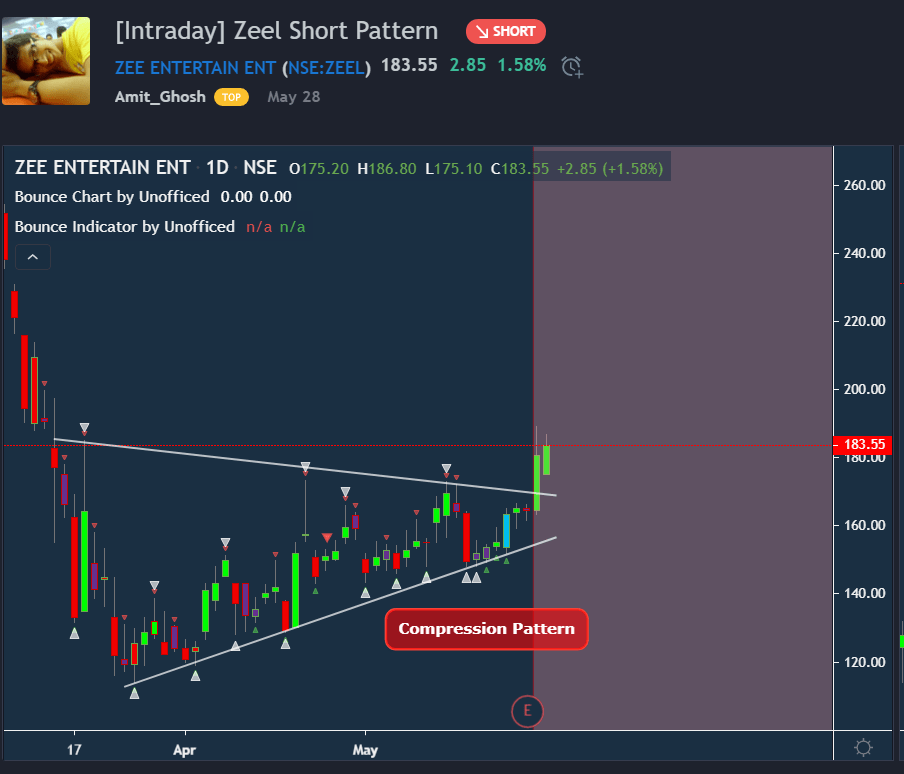
This is compression. It’s about impatience.
The Entry Strategy
The compression patterns are always uncomfortable because of its nature of breaking ranges and can goto both directions. In the above trade, Personally, I have missed the long trade because I was looking for short only which did not trigger.
But the core theory says that both long and short are valid because We are supposed to short if it breaks support and We are supposed to long if it breaks resistance. So, someone following it could’ve done the long side too. Anyways, the short trade will not trigger if the long trade triggers.
The entry-exit of this strategy is simple!
Buy above the resistance. Sell below the support. That’s it. What is most important in this case is – “Selection of the stocks”
Compression Strategies
Let’s understand the basic concepts of the scanners and strategies we use –
Buddha is all about scanning stocks for an intraday breakout. On a trending market, when there are huge moves, this strategy is awesome because breakout and breakdown strategies have small risk and high reward. We follow two theories of stock selection in Buddha –
Narrow Range Theory
You can read more on the Narrow Range Theory here –
How do you find out the breakout direction of NR7
Intraday Strategy: NR7
Inside Bar Theory
Inside Bar Trading Patterns
How to pick winning trades with Inside Bar Strategy
Max Pain Deviation Theory:
You may already know about breakout and breakdown strategies like these.
What many do not know is – How to predict that “When” is the highest possibility of happening of such.
This Max Pain Deviation Theory is one such model. How to use Max Pain Deviation to predict the direction of Breakout
Apart from these methods, there are more methods. One of such you can see we discuss on our Newton Course. Those method is paid and discretionary like the Max Pain Deviation Method as shared above.
But most of the content of Unofficed is free already. You also have power of Internet!


[…] phones at this high price.Anyways, As we can see there is huge compression. (Read more here – unofficed.com/time-compression-trading/), so any attempt of breaking this range will be a huge short covering or long unwinding! So I am […]